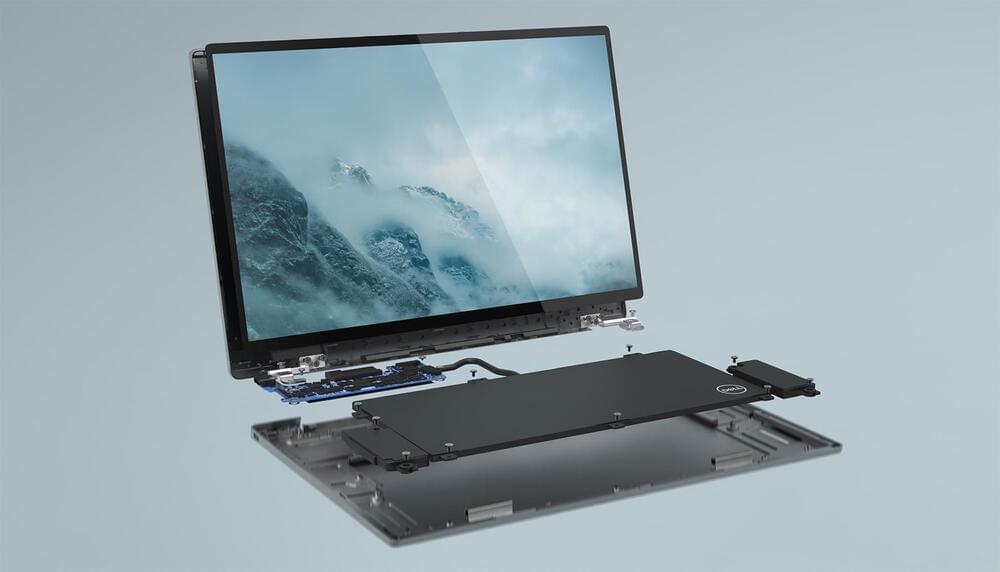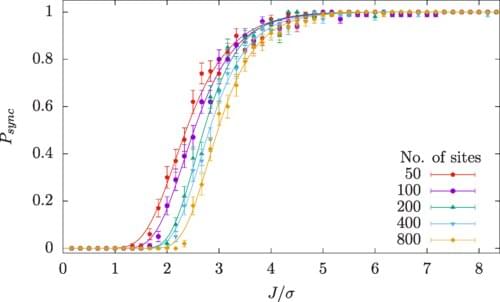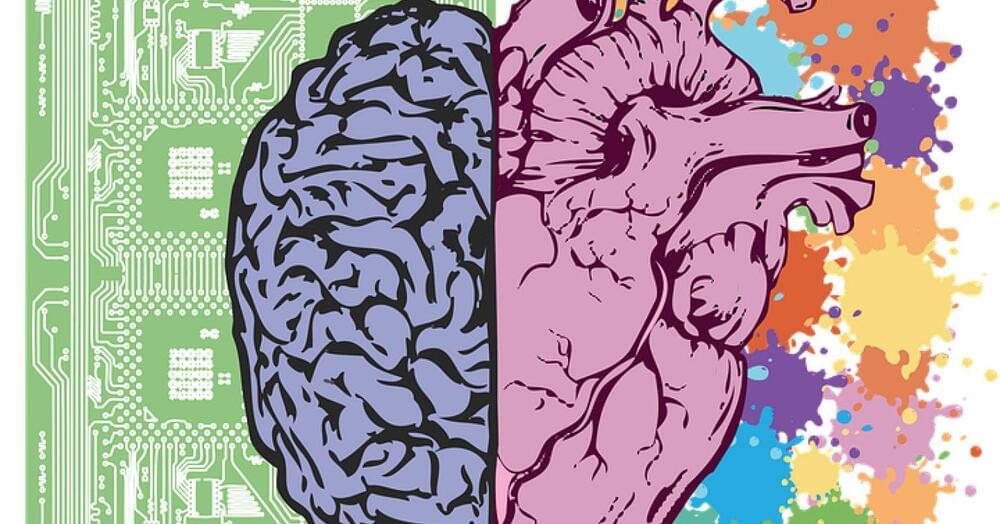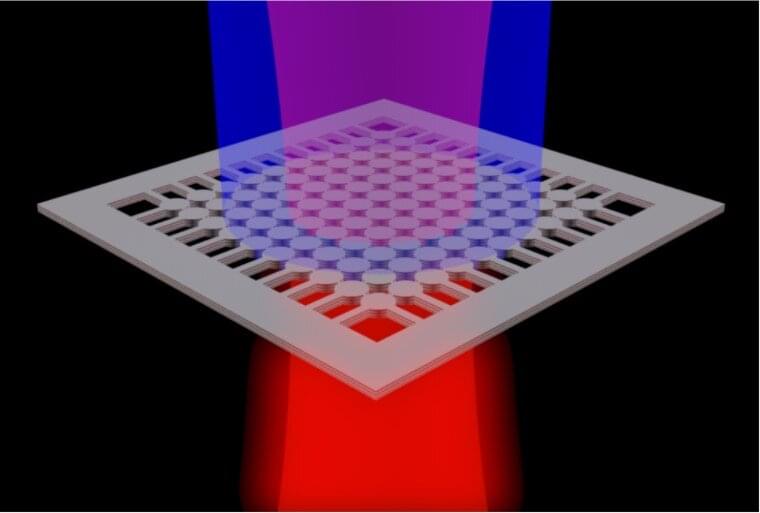Working with Intel, Dell has created a new laptop called Concept Luna with the aim of making future PCs easier to repair, reuse and recycle. Dell said that if it incorporated all the design ideas, it could reduce a computer’s carbon footprint by up to 50 percent compared to current laptop models.
A key feature of Concept Luna is the redesigned components and a new, more efficient layout. To start with, the motherboard is 75 percent smaller at just 5,580 square millimeters and has a 20 percent lower component count. Everything is rearranged, with the motherboard close to the top cover to expose it to a larger cooling area. It’s also separated from the battery charging unit in the base, allowing better passive cooling that could eliminate the need for a fan.
The extra efficiencies also reduce power requirements, allowing the designers to use a smaller battery with deep-cycle cells that offer a “long charge that can be maintained across many years of use, increasing refurbishment and reuse beyond the first product life it services,” Dell said.









